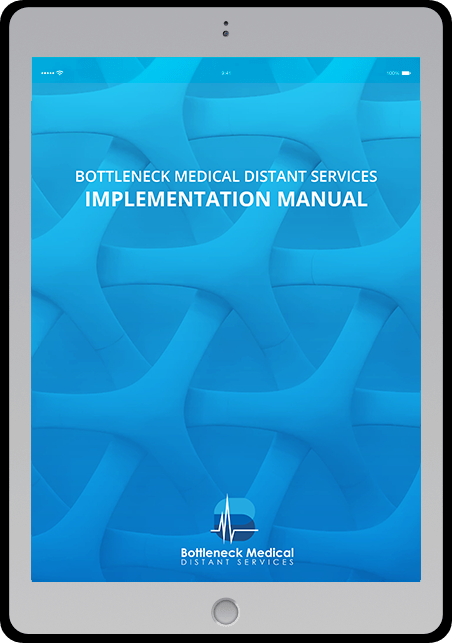Discover how it works by scheduling a free consultation with our account specialist.
General Medical Distant Assistants versus Virtual Medical Scribes: Spot the Difference

Medical professionals find medical assistants and scribes familiar. However, with technological advancements came the new breed of medical paraprofessionals who get to work remotely. In this blog, we compare general medical distant assistants versus virtual medical scribes.
A Briefer on Remote Workers
Bottleneck Medical Distant Services (BMDS) sprang from the business outsourcing agency Bottleneck Distant Assistants (BNDA). Since 2006, BNDA has been hiring talented individuals looking to make a difference by helping business owners succeed from anywhere in the world. These remote workers (“Distant assistants”) function much like traditional, in-house employees.
That said, medical distant assistants are remote workers working for physicians. They share responsibilities with your traditional medical assistants and scribes. The main difference lies in that they fulfill their roles without being in your actual office.
At BMVS, we offer two types of medical distant assistant (MDA) services: the general medical distant assistant (GMDA) and the virtual medical scribe (VMS). These MDAs differ in their skill sets and responsibilities as well as the tasks that they excel in.
It is important to learn the key differences between these two MDAs to make a successful hire. They will also help you set clear expectations from your future MDA, which are crucial to maintaining a harmonious employee-employer relationship.
The General Medical Distant Assistant
Medical practices have integral functions that keep them operating. These include administrative tasks that your general medical distant assistant can do for you.
You can think of the GMDA as your remote medical assistant or MA. That is, any type of assistive or clerical tasks would be their specialty. Depending on how you run your practice, your GMDA can fulfill different duties, such as the following:
- Appointment scheduling
- Billing
- Data encoding
- Email management
- Insurance verification and eligibility checks
- Phone call reception
- Prior authorizations
The Virtual Medical Scribe
Virtual medical scribes are your off-site scribes. They work closely with physicians to chart patient encounters real-time. A VMS encodes your progress notes into your electronic health records as you go through your medical examination.
The tasks virtual medical scribes perform require being well-versed in analyzing patient history and the intricacies of the EHR, including diagnostic codes. Hence, they undergo special certification training at the American College of Medical Scribe Specialists (ACMSS).
Similarities Between GMDAs and MVS
Although they may share the differences stated above, GMDAs and MVS also have common ground. For one, they will have to get through our three-tiered vetting process prior to being considered qualified candidates. From there, they will undergo the hiring process and be required to take the HIPAA-compliance training.
All these processes ensure that we hire individuals with not only the capacity to perform their tasks. Medical distant assistants will be handling patient health information. This means that they also have a hand in protecting and reinforcing the patient-physician trust that is important for your practice’s reputation.
Your medical distant assistant will not just be another pair of hands in your practice. They will also be part of your family. Make sure you understand the limitations of their specific job roles to help you delegate tasks more effectively, ascertain smooth, foolproof operations and keep both your staff and your patients happy.
Stay Updated
Subscribe To Our Newsletter For Updates And A Free Copy Of The Bottleneck Medical Virtual Services Implementation Manual.

